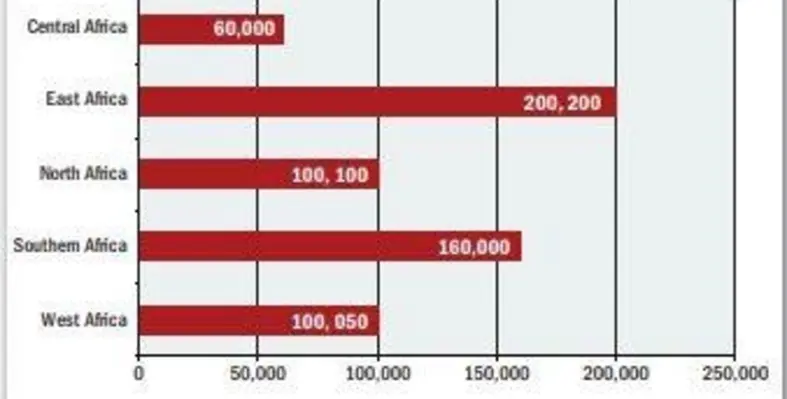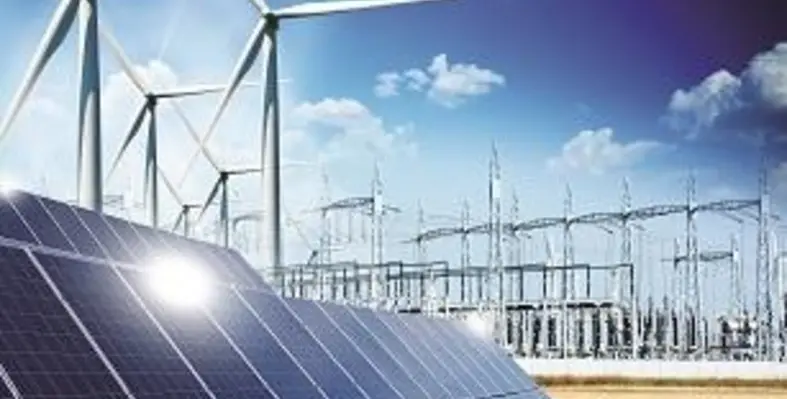Africa is the continent with the highest untapped ‘technical’ renewable energy resources: solar, hydro, wind and geothermal power
These resource potentials, (all scalable energy options), far exceed both current and projected power consumption of the continent.
Cleaner energy should be high on agenda. Despite this, funding constraints; underdeveloped grids and infrastructure; lack of scale and competition; high transaction costs as well as unstable off-taker financial arrangements, and in some countries, an uncertain regulatory environment and low institutional capacity have, so far, hindered the growth of renewables compared to other regions.
Driven by technological innovations and cost reductions, renewables have reached price and performance parity with burning fossil fuels. The cost per megawatts-hour (MWh) for solar PV has fallen from US$600 a decade ago to match coal’s production cost at around US$100. Renewable power capacity in Africa increased from 28 gigawatts (GW) in 2010 to 50GW in 2018, equivalent to 20.4% of total installed generation capacity, according to the International Energy Agency (IEA). Non-hydro renewables comprised only 15GW, or just 6% of Africa’s total generation output in 2018. The International Renewable Energy Agency (IRENA) study in 2014 assessed the potential of various renewables technologies in Africa.
 Sunlight: Solar photovoltaic (PV) could provide over 620,000 Terawatts hour (TWh) of electricity per year, with highest theoretical potentials in east Africa and southern Africa (see bar chart). The potential of concentrating solar power (CSP) was assessed at 470,000 TWh/year, mostly in eastern and southern Africa. The continent’s solar PV 2018 installed capacity was reported at 4.5GW.
Sunlight: Solar photovoltaic (PV) could provide over 620,000 Terawatts hour (TWh) of electricity per year, with highest theoretical potentials in east Africa and southern Africa (see bar chart). The potential of concentrating solar power (CSP) was assessed at 470,000 TWh/year, mostly in eastern and southern Africa. The continent’s solar PV 2018 installed capacity was reported at 4.5GW.
Wind: The International Renewable Energy Agency (IRENA) estimated wind resources close to coastal locations and other natural channels in eastern and northern regions could produce 460,000 TWh of electricity/year. Algeria, Angola, Egypt, Madagascar, Mozambique, Somalia, South Africa, Sudan and Tanzania boast strong wind energy potentials. Installed wind power 2018 capacity was 5.5GW (mostly in South Africa). In 2020, the Global Wind Energy Council estimated total wind power capacity across Africa at 6,468MW.
Geothermal: Resources are mainly concentrated in the East Africa Rift System, where total production could exceed 15GW (Geothermal Energy Association, 2019). This potential remains largely untapped. Only Kenya has installed about 700MW of capacity, with plans underway to develop further 1,000MW from three sites (Geothermal Development Co. 2019). New developments totalling more than 1GW are planned in Djibouti, Eritrea, Tanzania, and Uganda. Ethiopia also possesses vast geothermal resources.
Hydroelectric: The full (optimal) technical potential for hydropower is estimated at 1,120 TWh in just 12 countries, which represents more than eight times the current level of hydropower generation across Africa. The Congo River and Nile Basin make these ample resources more economical to develop. A 2018 study on Geospatial Assessment of Small-Scale Hydropower Potential in sub-Saharan Africa indicated that smaller-scale and mini-projects in the region could add 21,800MW and 3,400MW, respectively, of extra hydropower capacity. According to the International Hydropower Association, only 11% of Africa’s total technical potential [to date] has been utilised.
Click here to continue reading!






